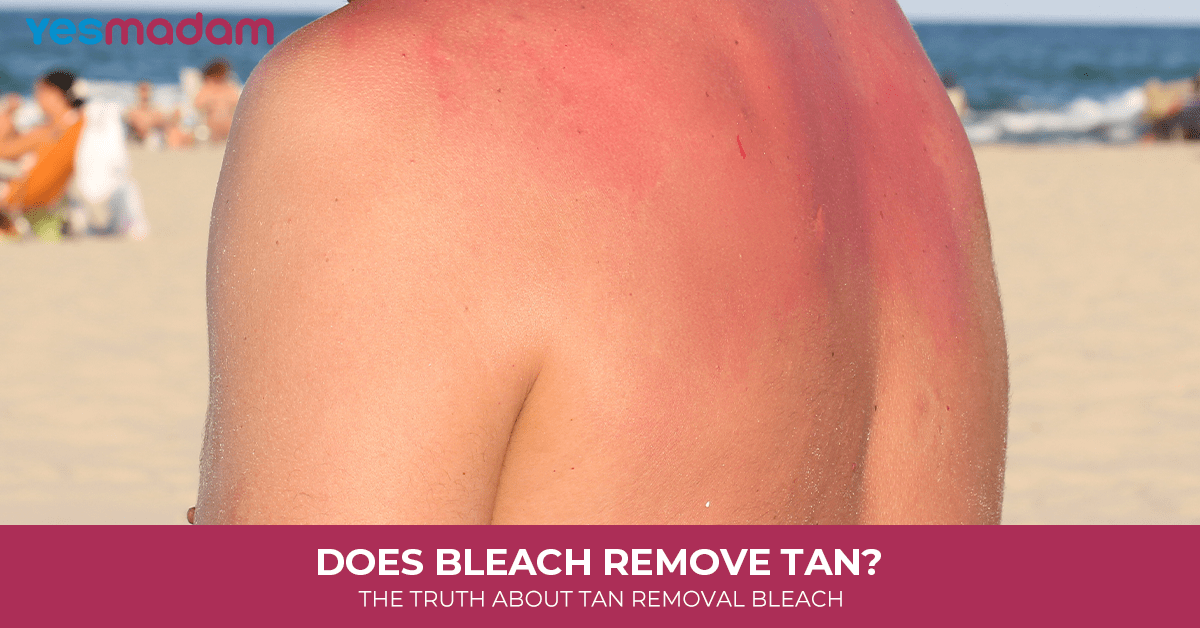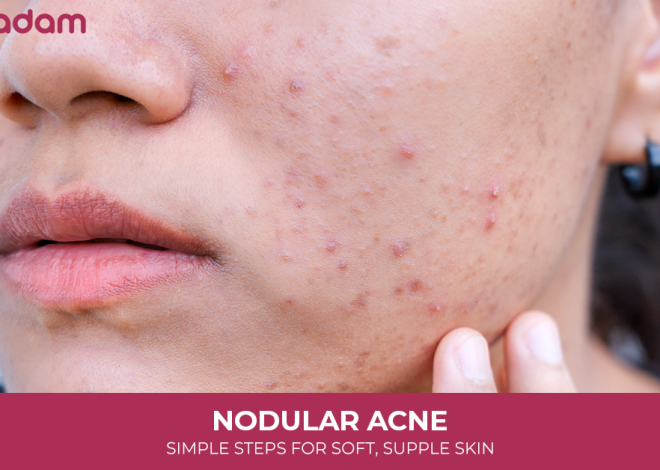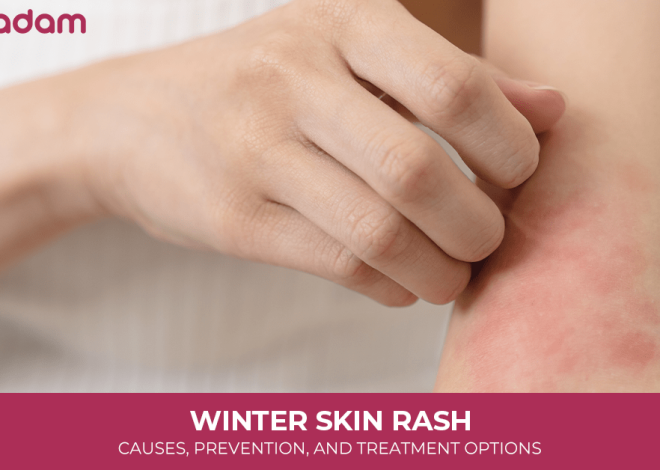
Does Bleach Remove Tan? The Truth About Tan Removal Bleach
When it comes to skincare, one of the most common questions people ask is: does bleach remove tan? Many individuals struggle with tanning due to sun exposure, and the idea of using a quick solution like bleach often pops up. While bleach is widely marketed as a skin-lightening product, its actual impact on tanning, skin health, and long-term results is often misunderstood. In this article, we’ll explore whether bleach can remove tan, how it works, the risks involved, and better alternatives for achieving an even skin tone.
Table of Contents
What Exactly Is Skin Tanning?
Tanning occurs when your skin is exposed to the ultraviolet (UV) rays of the sun. In response, your body produces melanin — a pigment that acts as a natural shield to protect deeper layers of your skin from UV damage. This results in a darker skin tone or tan.
Unlike dirt or pigmentation caused by external factors, tanning is a biological response to sun exposure. That means removing it isn’t as simple as washing your face or scrubbing your skin — it requires treatments that either reduce melanin activity or lighten the appearance of existing pigmentation.
More Information For You: The Complete Guide to Milk and Honey Face Mask
How Does Bleach Work on the Skin?
Skin bleach (commonly containing hydrogen peroxide or other bleaching agents) is designed to lighten facial hair and reduce the visibility of dark spots by breaking down melanin temporarily.
When applied, bleach works on the outermost layer of your skin (epidermis), giving the illusion of brighter and fairer skin. However, it does not penetrate deeply enough to eliminate melanin production.
This raises the real question: can bleach remove tan permanently, or is it just a quick fix?
Can Bleach Remove Tan?
The direct answer is: bleach does not actually remove tan; it only lightens the appearance of your skin temporarily.
When you use a tan removal bleach, it reduces the visibility of tanning by masking the darker pigment. The tan might look lighter for a few days, but since melanin is still present in your skin, the effect is short-lived.
So, while many people believe that bleach for tanning is effective, it’s important to understand that it doesn’t remove the tan — it only camouflages it.
Don’t Miss: DIY Face Exfoliator
Is Bleaching Good for Tan Removal?

Another commonly asked question is: Is bleaching good for tan removal? The answer depends on your skin type, frequency of use, and sensitivity.
- Pros:
- Quick results, visible lightening of tanned skin within minutes
- Easy and affordable at-home treatment
- Temporary brightening effect that improves confidence for special occasions
- Cons:
- Does not remove tan at the root level (melanin is unaffected)
- Frequent use may cause skin irritation, redness, and dryness
- Can trigger allergies or sensitivity, especially for sensitive skin types
- Long-term use may lead to uneven skin tone and premature aging
In short, while bleach can remove tan in appearance, it is not the safest or most effective solution for long-term skincare.
Bleach for Tanning: A Cosmetic Fix, Not a Cure
If you’re wondering whether bleach for tanning is the best solution, think of it as a cosmetic trick rather than a cure. The results are short-lived, and your tan will eventually return unless you protect your skin from further sun exposure.
For those who want sustainable tan removal, relying on bleach alone isn’t enough. Instead, dermatologists recommend a combination of natural remedies, professional treatments, and sun protection.
Read More On: Almond Face Pack Benefits
Alternatives to Bleach for Tan Removal

Instead of depending solely on bleach, here are some safer and more effective methods:
- Exfoliation: Regular scrubbing helps remove dead skin cells and gradually lightens tan.
- Aloe Vera Gel: Naturally soothes and brightens skin affected by UV rays.
- Lemon and Honey: A natural bleaching combo with fewer side effects.
- Turmeric and Yogurt Pack: Brightens skin tone and reduces pigmentation.
- Chemical Peels (Dermatologist Recommended): Target melanin production for more permanent results.
- Laser Treatments: Advanced procedures that directly reduce tanning at the melanin level.
- Sunscreen: Prevents further tanning and protects against UV damage.
Precautions Before Using Tan Removal Bleach
If you still choose to use tan removal bleach, follow these precautions:
- Always do a patch test before applying bleach to your face.
- Avoid using bleach if you have cuts, pimples, or skin infections.
- Do not expose your skin to direct sunlight immediately after bleaching.
- Follow the instructions carefully — overuse can cause chemical burns.
- Limit bleaching to once every 4–6 weeks to reduce side effects.
Dermatologists’ Take: Will Bleach Remove Tan Permanently?
Dermatologists generally agree that bleach will remove tan only temporarily. It works by reducing the contrast between tanned skin and lighter skin, but it cannot control melanin production.
For long-lasting tan removal, dermatologists recommend treatments like microdermabrasion, laser therapy, or chemical peels, which address the deeper layers of skin rather than just the surface.
Conclusion
So, to wrap up: does bleach remove tan? The truth is, bleach only lightens the appearance of tanning and does not remove it permanently. While bleach can remove tan temporarily, it is not the healthiest or most reliable method. If you’re looking for long-term results, it’s best to explore safer and dermatologist-approved alternatives.
FAQs
1. Does bleach remove tan completely?
No, bleach only lightens the skin temporarily and makes the tan less visible. It does not remove melanin from the skin.
2. How long does tan removal bleach last?
The effects usually last 1–2 weeks, after which the tan becomes visible again as your skin renews.
3. Can bleach damage my skin?
Yes, frequent bleaching can cause dryness, irritation, or sensitivity, especially on delicate skin.
4. Is bleaching good for tan removal if I have sensitive skin?
Not recommended. Sensitive skin is more prone to redness, burning, and rashes when exposed to bleaching agents.
5. Will bleach remove tan from hands and arms, too?
Yes, bleach can lighten tanning on hands and arms, but results are temporary and may differ depending on skin thickness.
6. What’s better: natural remedies or bleach for tanning?
Natural remedies and dermatologist treatments are safer and more sustainable than bleach for long-term tan removal.
7. Can men use bleach for tanning?
Yes, men can use bleach, but precautions must be taken to avoid irritation. It works the same way regardless of gender.
8. How often can I use tan removal bleach?
It’s best to limit bleaching to once every 4–6 weeks to reduce side effects and avoid damaging your skin.
9. Does bleach protect my skin from future tanning?
No, bleach only lightens existing tan. It does not act as a sunscreen or provide UV protection.
10. What’s the safest way to remove tan permanently?
The safest long-term solutions include dermatologist treatments like chemical peels, laser therapy, and consistent use of sunscreen to prevent tanning in the first place.



